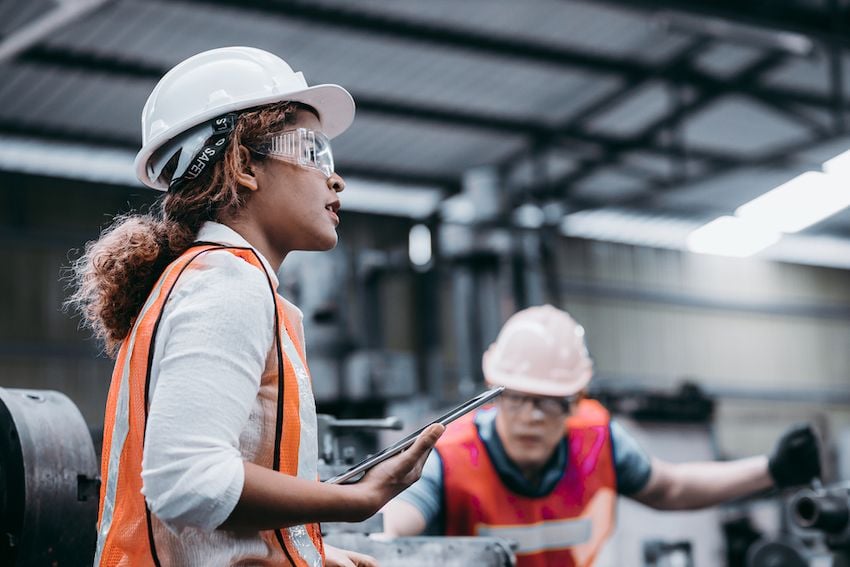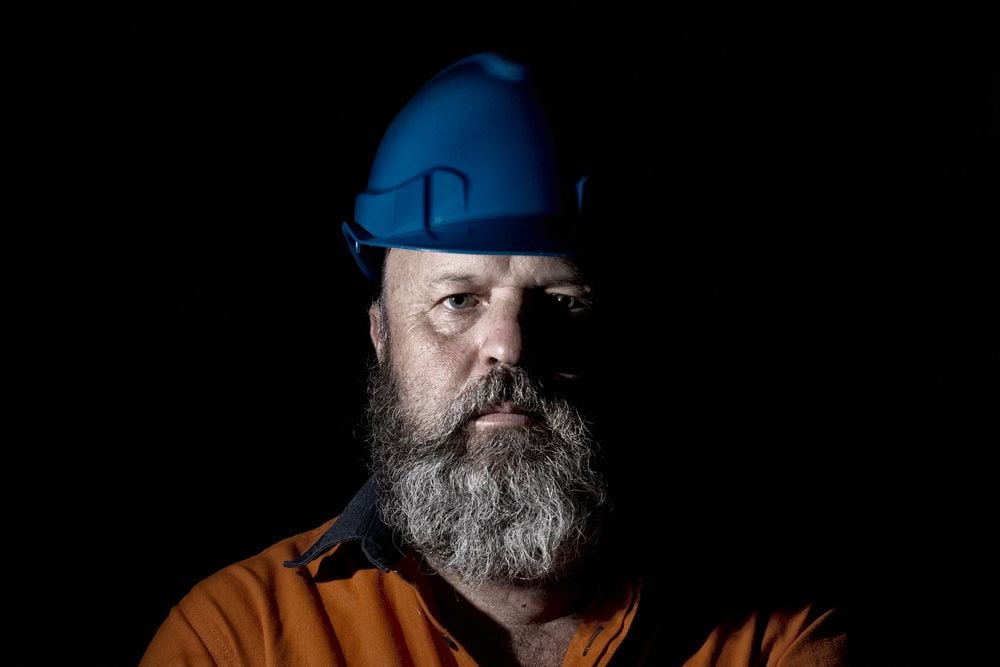According to the Bureau of Labor Statistics (BLS), the U.S. pipeline transportation sector is responsible for about 49,000 jobs as of March 2021. Regulators and employers strive to create a safe work environment for these workers, but working in pipeline construction is never without risks.
Holding regular safety stand downs is one way employers can help protect pipeline construction workers from serious hazards. Safety stand downs allow you to hit pause and talk to your team about pipeline construction safety during activities like equipment operation, trenching and excavation, and hydrostatic testing.
Here’s a look at six important topics to consider including in upcoming safety stand downs.
Safety Stand Down Examples for Pipeline Construction Workers
1. The need for proper pre-planning
New pipeline construction projects are a major undertaking. Although experienced pipeline contractors know what they’re doing, no two projects are the same, so adequate pre-planning is always necessary. As an employer, you’re responsible for making this happen, but it’s also important to ensure workers are engaged in the process.
Many safety incidents originate from improper initial planning, according to the Occupational Safety and Health Administration (OSHA). For example, waiting to resolve issues in shoring or sloping can delay the project, cause costs to surge, and increase the likelihood of a cave-in or other excavation issue.
Preparing in advance—and ensuring workers understand why you’re taking these steps—allows you to know as much as possible about the jobsite and any possible hazards present. When workers fully comprehend why they’re asked to assist with pre-planning steps, they take it seriously instead of brushing it off as a mere formality.
You might like: Utility Safety Regulation Q&A with Brien Sheahan
2. The importance of PPE
Due to the nature of pipeline construction projects, safety hazards are present at all times. Therefore, ensuring workers always have appropriate, well-fitting personal protective equipment is a must.
Beyond supplying personal protective equipment (PPE), you should train workers on how to check PPE to make sure it’s functional and fits appropriately, as well the type of gear needed for different situations. This is a great safety stand down topic, because the information provided benefits everyone.
When pipeline construction contractors are aware of hazards present and the PPE required to help combat them, they’re able to make safer, more well-informed decisions. This is also helpful to management because workers can play a more active role in keeping themselves and their colleagues safe on the job.
3. Why workers shouldn’t start work if they’re not fully trained
Gas pipeline construction workers come to work motivated to get the job done, but it’s important for workers to know that safety always comes first. As previously noted, pipeline construction projects are filled with hazards.
Therefore, it’s important for workers to be fully confident in their ability to perform each task they’re assigned. Empowering them to speak up if they don’t feel they’ve received enough training can prevent a serious accident that could leave them or another worker injured.
Read: 7 Ways to be More Proactive About Worker Safety
4. Why it’s vital to follow procedures
You put appropriate rules, regulations, and processes in place at the start of all new pipeline construction projects. Sometimes workers might not understand the need for those that seem like extra work, which could tempt them to cut corners.
Using a safety stand down to explain that policies are put in place for a reason is important because it might not always seem that way from a worker’s point of view. Offering a glimpse at management discussions can provide valuable insights that put things in perspective.
For example, the Mechanical Contractors Association of America recommends creating a standard operating procedure for each of your specific hydrostatic testing applications, based on its safety guidelines and the most current standard from the American Society of Mechanical Engineers. Explaining this is the rationale behind a standard operating procedure you’ve created can increase compliance.
5. What to do in an emergency
While it’s unlikely that an adverse event like a pipeline leak will occur, it’s crucial that all workers know what to do if it does. Your team might not be as well-versed on this topic as you think, so it’s important to regularly reiterate what to do in an emergency.
For example, if a pipeline leak does happen, workers need to know to leave the area immediately, warn others nearby to evacuate, extinguish any potential ignition or spark sources, call 911, and call the pipeline company, according to the Canadian Energy Pipeline Association.
6. Reinforce your safety culture
No matter what, safety should always come first at your company. Safety starts at the top, so regularly reinforcing your safety culture at stand downs really underlines your commitment to the cause.
Oil pipeline construction workers need to know the hazards present at job sites and the role they play in preventing accidents. When people understand that safety is everyone’s responsibility, they become more accountable for their actions.
Safety stand downs are a great way to connect with your pipeline workers. Much of their shift is quite literally spent in the trenches, so this is an important time to gather the team and discuss crucial safety topics.
The safety stand down examples above should serve as a helpful starting point to begin meaningful conversations with workers. Pack these events with plenty of engaging, informative, and relevant safety content, but also leave time at the end for workers to ask questions and voice any concerns they have.
Another topic to consider for stand downs is mental health. Check out the blog “Why Utilities Should Hold Mental Health Safety Stand Downs” for more information.

